Installation, 2013 – 2015
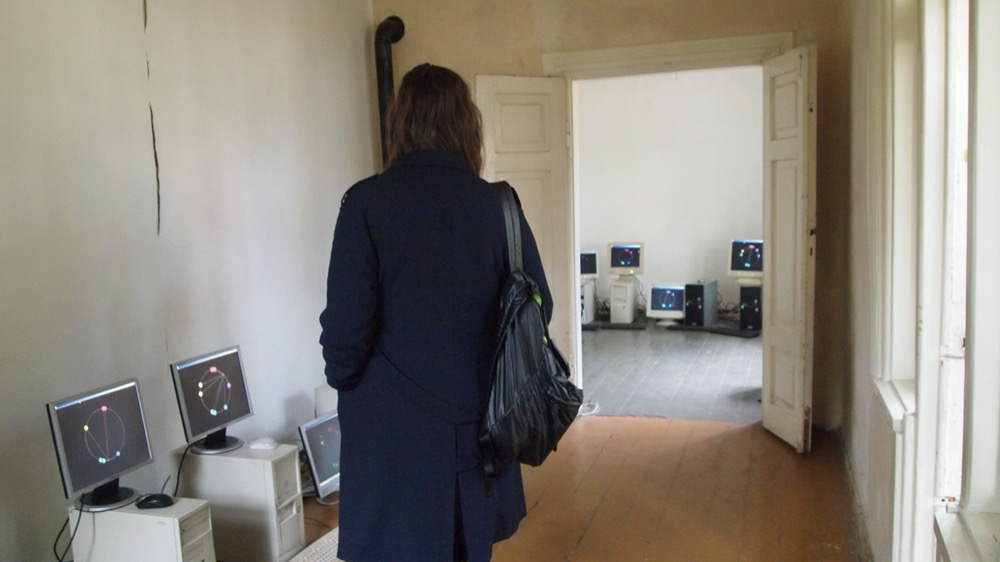
The installation unfolds as a set of computers showing an interaction of elements between each other. It suggests the possible creativity of the machine and the notion that humanity is approaching a state of artificial intelligence or post-humanity. The viewer is provoked to consider the place of the machine in society, as well as the ways and strategies in which a computing machine is developed. These issues lead to further questions of transparency in merged computer and human environments, surveillance mechanisms used in artificial networks, and the decision-making and ethics of the machine.
The installation uses n number of computers (or nodes) and software that enables data exchange among them. The viewer of the installation is allowed to move around and interact with computers, thus becoming part of the overall ensemble. The computers are located next to each other so the viewer can compare the animated graphs visible on the monitors.
In order to emphasize the diversity of the surrounding elements, a wide range of older and newer computers are used for the installation. The variety of computers encourages the viewer to consider the technology in our environment. Why does the installation use outdated computers? How outdated are the computers? And why computers and not, for example, TV screens? The use of older computers, first of all, can suggest rapidly aging technology and technical evolution, which should further raise questions as to what is next and where is technology leading us. Secondly, when these decades-old computers are compared to up-to-date tablets and smart phones, one could think, well, technology has become much smaller, much more user-friendly, more streamlined and therefore less accessible in terms of computer architecture. It follows that the near future suggests even more direct, seamless interaction with computers, and humanity will possibly merge with computers or even become computers, as predicted by futurist Ray Kurzweil in his book The Singularity is Near (2005). Thirdly, one usually interacts with computers directly. Although interaction with the computers is not precluded in this installation, the configuration suggests that the computers do not require further human input and they are operating independently.
The virtual environment shown on the computer screens suggests that something is happening between the installed machines. The animated graph on each screen is a visualization of the activity within the computer network. The graphics show, in real time, neighbor nodes and data traffic between them. As the location of each node in the graph is marked by a distinct color, it is possible to trace which node is represented on the graph and how data chunks are sent between the nodes. The graphics are simple, animated geometric forms that, on one hand, might deliver a message of computation concepts emerging from simple rules and, on the other hand, might indicate emerging creativity via simplified interactions between the different elements. The simplified computer screen animation might also refer to early computer graphics or science fiction aesthetics, when such aesthetics were relatively sophisticated to the cultural eye and proposed that, in the near future, we would exist in an environment where computers were as intelligent as humans[1]. In this respect, the viewer of the installation might consider comparing such aesthetics to contemporary 3D graphics, or otherwise the spacial representation of physical things[2], and similarly to hardware aesthetics to try to shift him or herself back and forth in space-time.
[1] Consider, for example, the Spacewar computer game from early 60s or George Lucas’ “THX 1138” or “Star Wars” from early 70s.[2] Consider, for example, Steven Spielberg’s “Minority Report” from the early 2000s.
Related Media
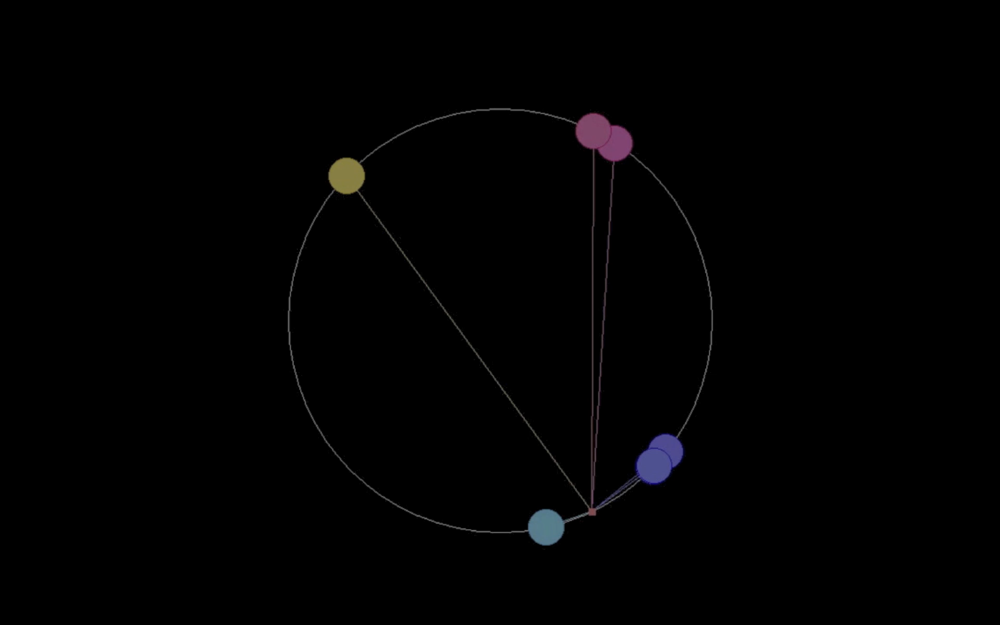
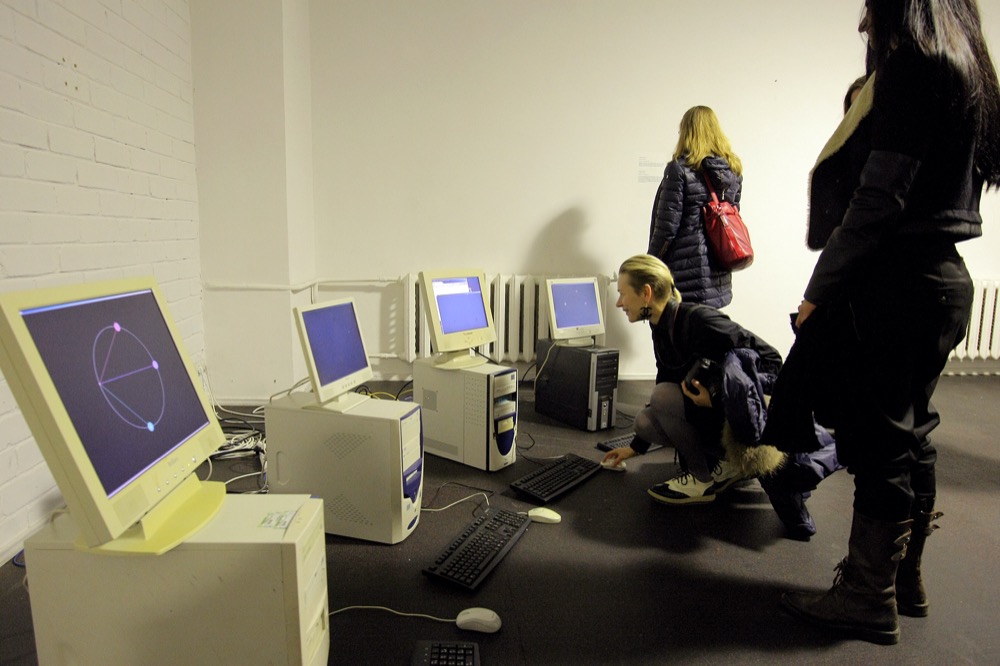
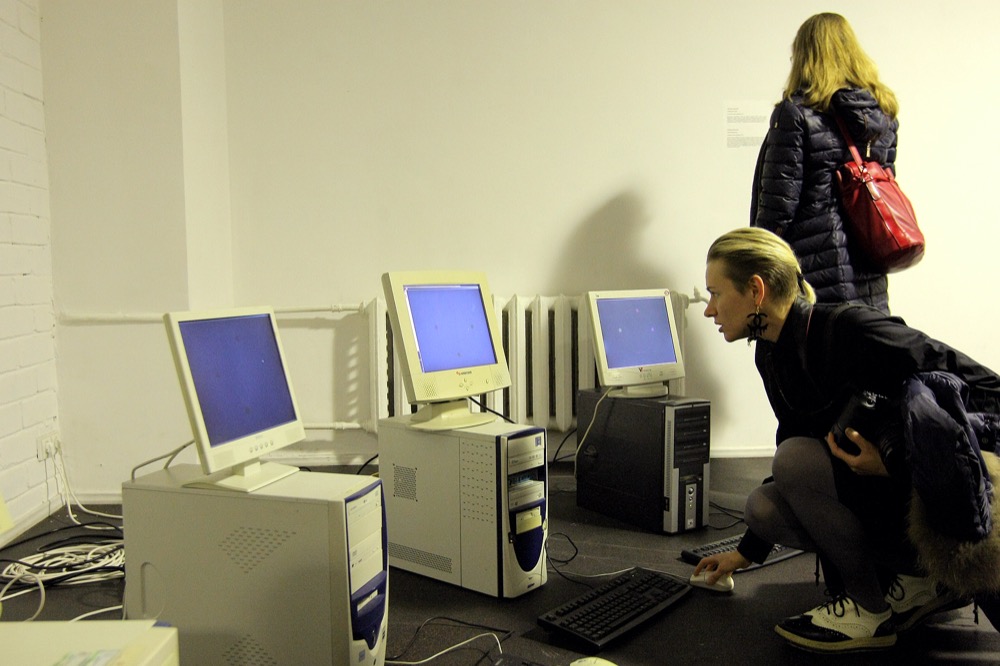
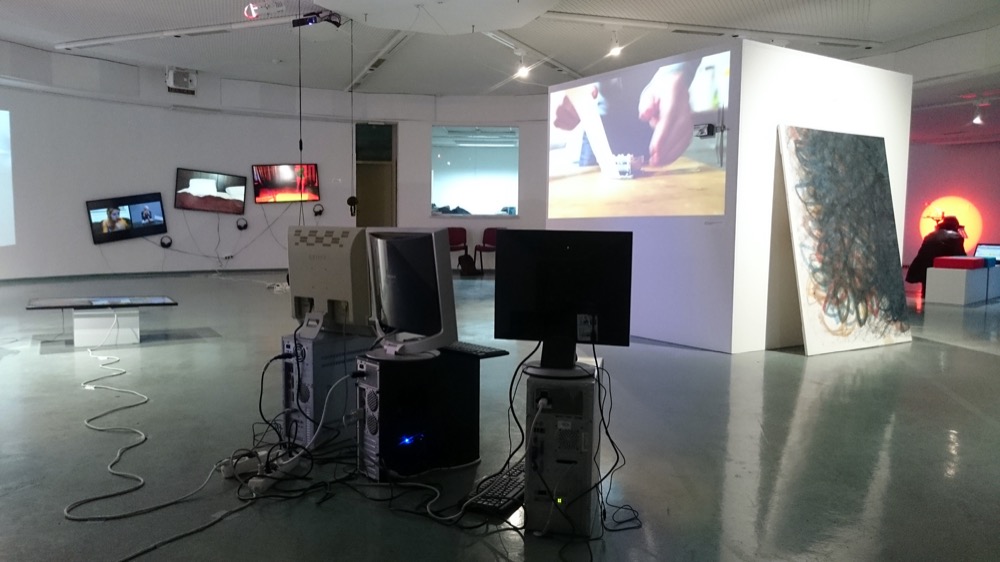
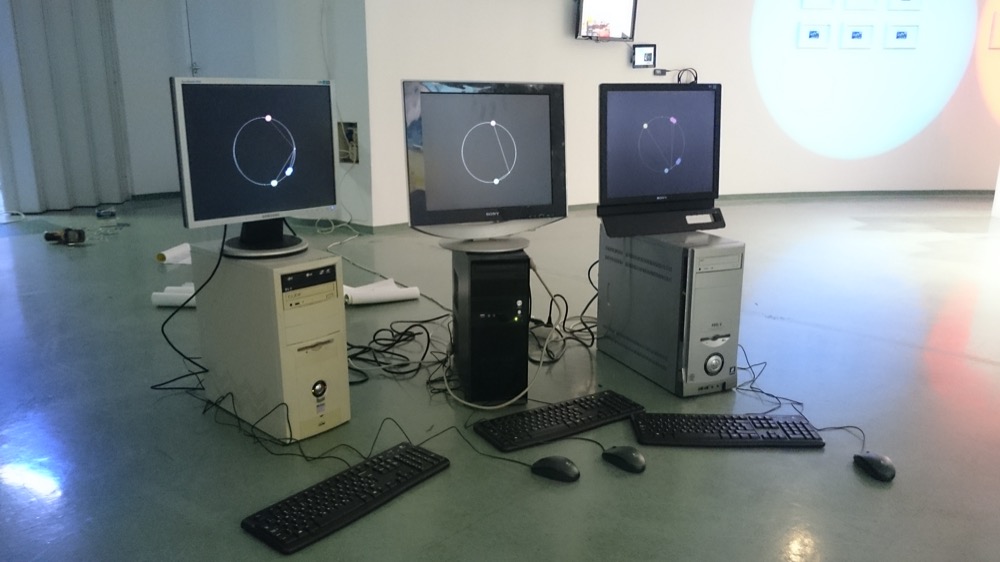
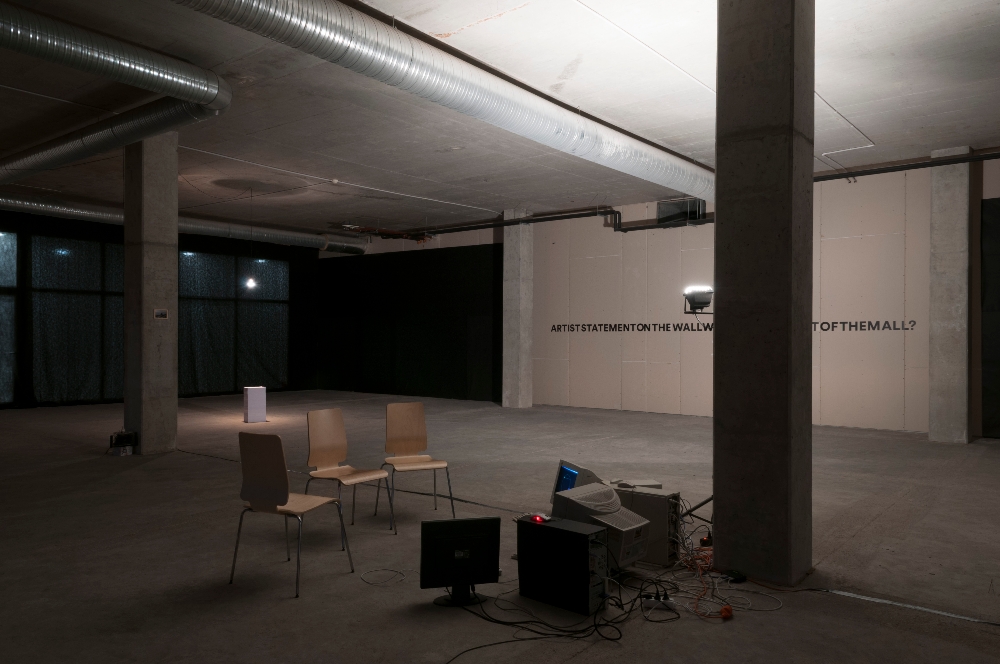
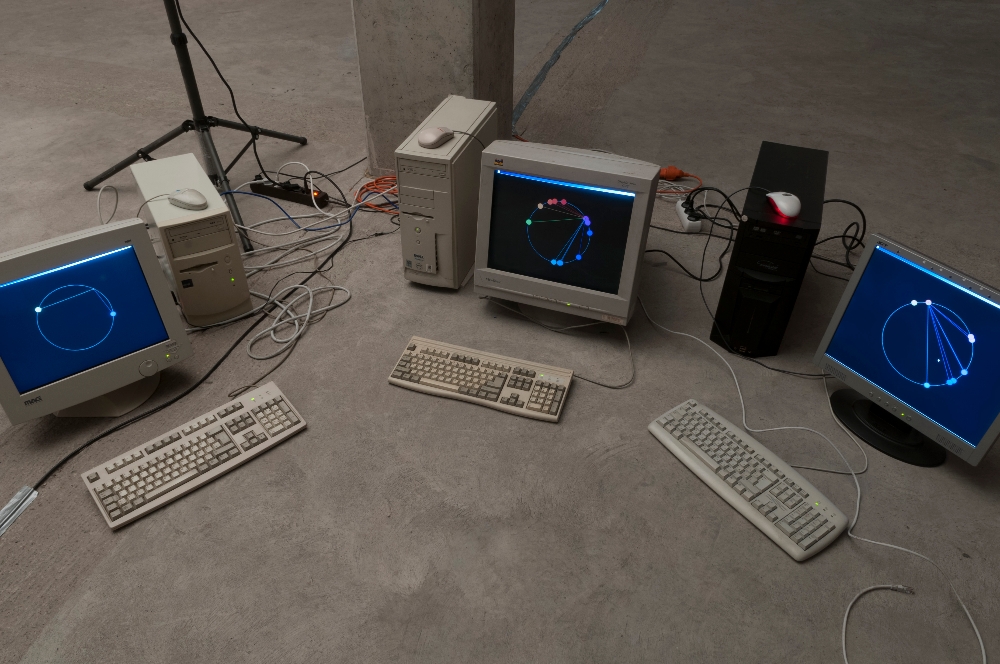
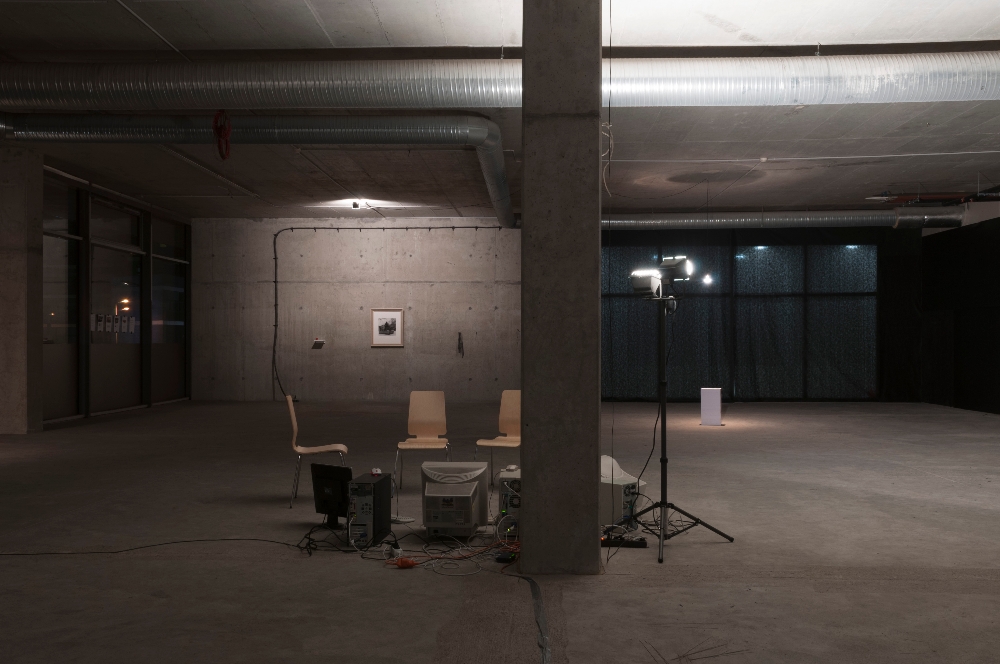
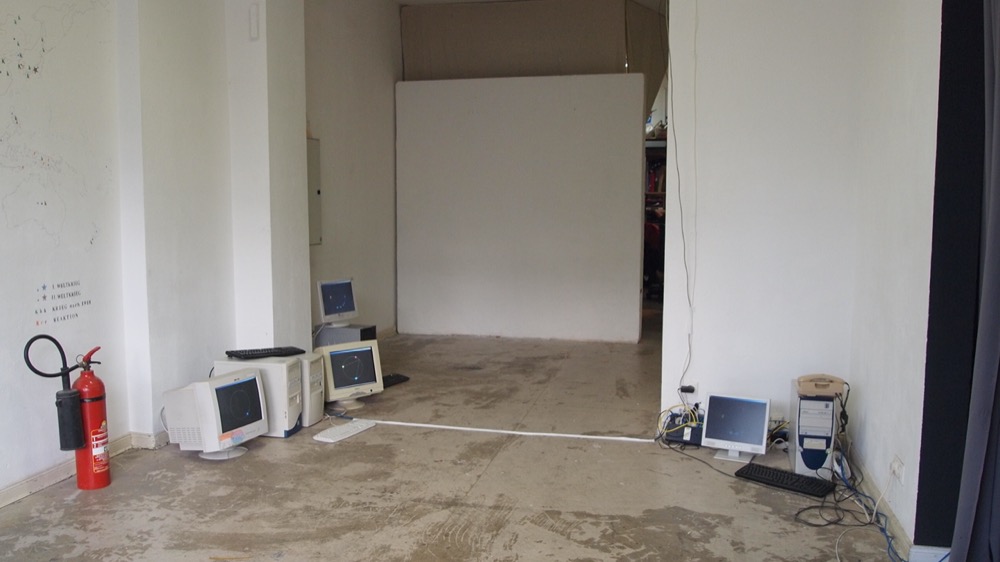
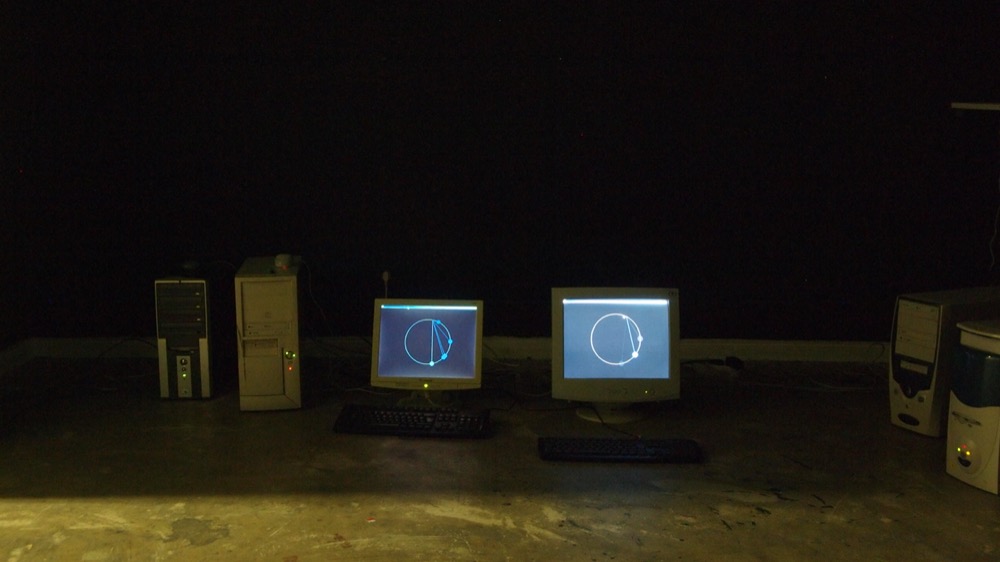
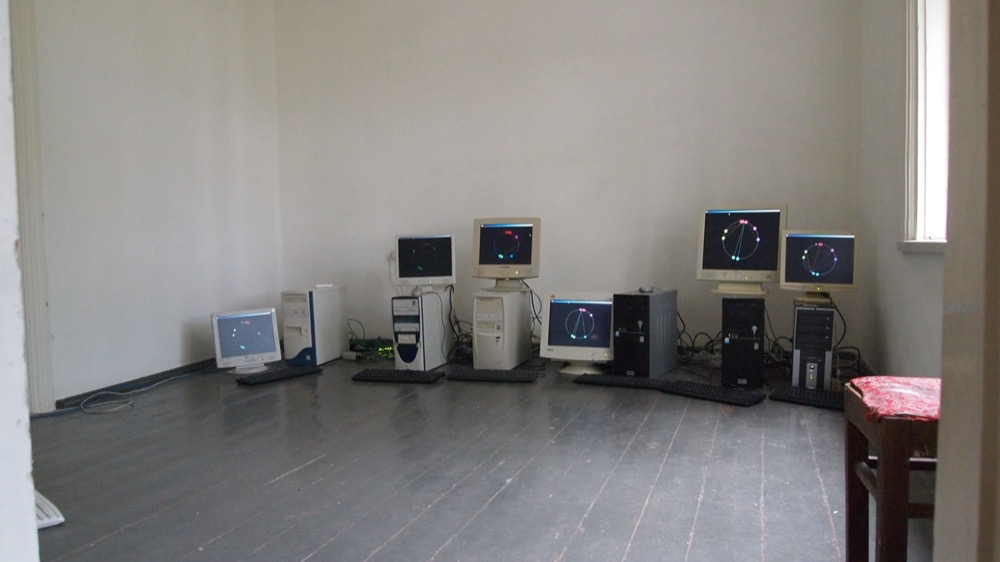
Related Posts
[display-posts category=”0-30402944246776265″ include_excerpt=”true” excerpt_more=”Continue Reading” excerpt_more_link=”true” image_size=”large” wrapper=”div” wrapper_class=”display-posts-listing image-top”]